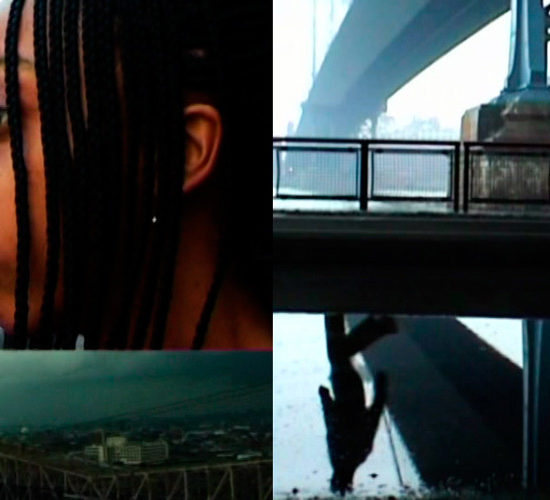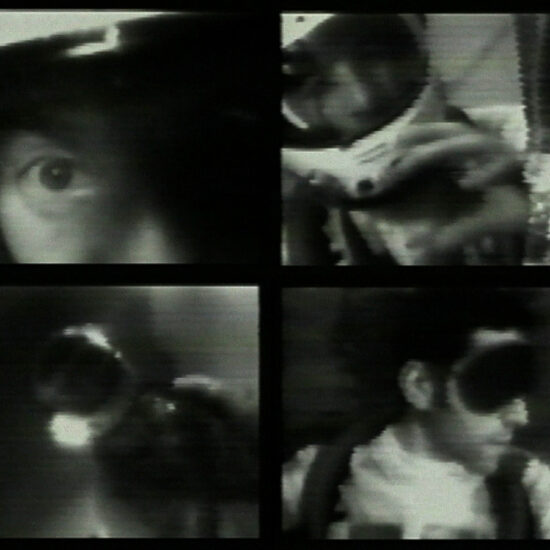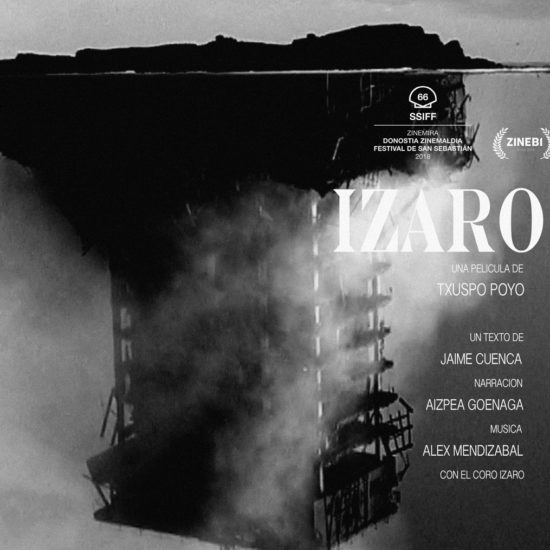Dionisio Cañas. Poet →
Mara Catalán. Photographer →
Hamaca. Video distribution →
Ludo Films. Lorenzo Shapiro, film maker →
Gloria Martí. Video artist →
Playloud. Film, video and music producers →
Mabi Revuelta. Artist →
Ovni. Video Archives →
Impakt. Video Channel →
Okela. Art Space →
La Tapadera de Iñigo Ordozgoiti. Designer →
Pernan Goñi. Blog →










































































